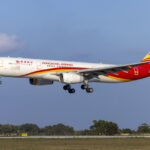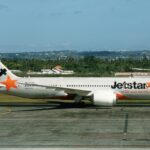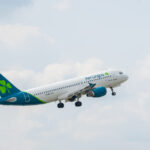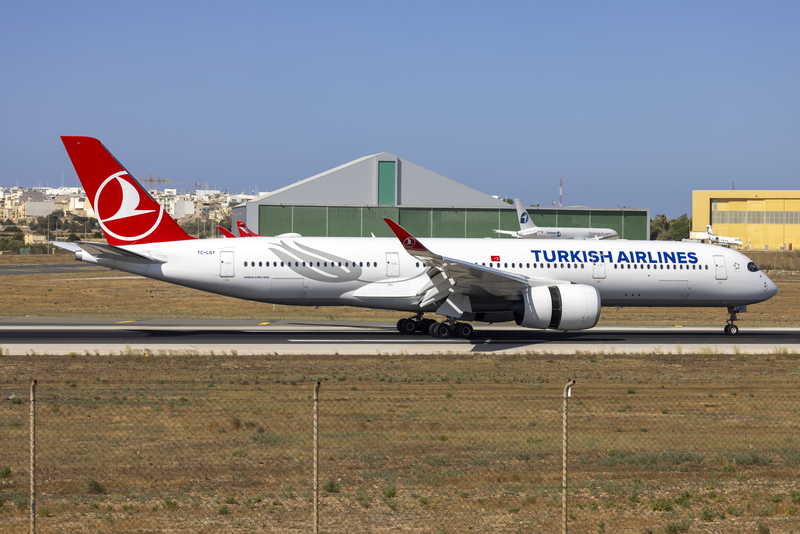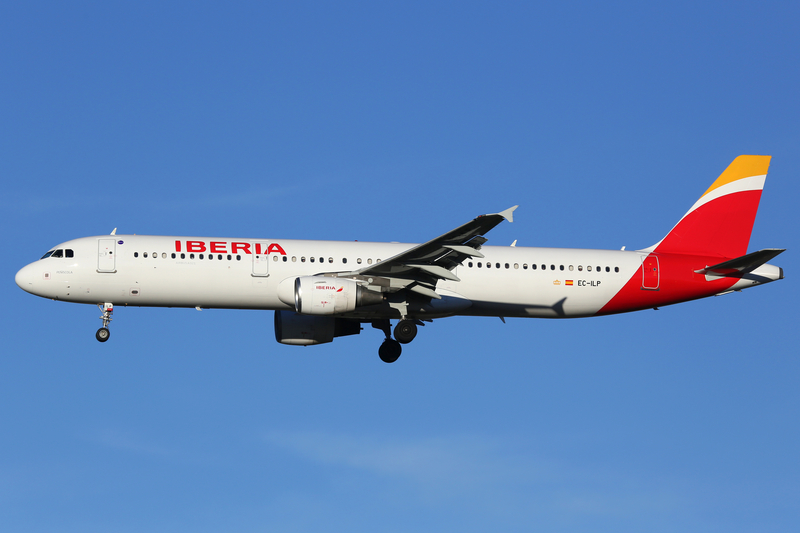Scandinavian Airlines Flight to Miami Returns Mid-Flight Due to Severe Turbulence and Technical Issues
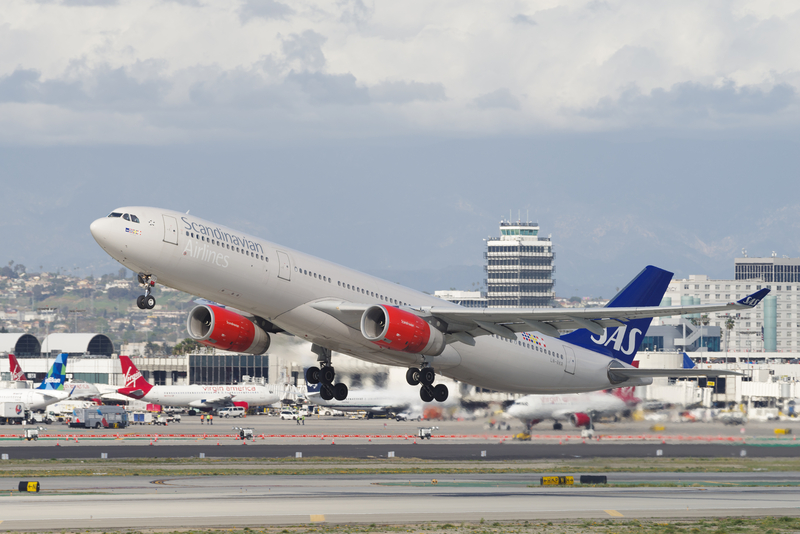
ID 112212177 © Ajdibilio | Dreamstime.com
A Scandinavian Airlines (SAS) flight traveling from Stockholm Arlanda Airport (ARN) to Miami International Airport (MIA) was forced to turn back mid-flight after encountering severe turbulence and potential technical issues. The Airbus A330 aircraft, carrying 254 passengers and crew, turned around over Greenland and safely diverted to Copenhagen Kastrup Airport (CPH). No serious injuries were reported, but the incident highlights the operational challenges of long-haul flights.
Incident Timeline
The SAS flight departed Stockholm Arlanda Airport on schedule, initially proceeding as planned toward Miami. However, approximately halfway through the journey, the aircraft encountered severe turbulence. Shortly after, the flight crew identified potential technical concerns that warranted a precautionary return. The pilots made the decision to divert the aircraft to Copenhagen, a primary hub for SAS operations and an airport equipped to handle necessary inspections and repairs.
The aircraft landed safely in Copenhagen, where passengers were disembarked, and the airline provided accommodations and rebooking options for onward travel to Miami. Maintenance crews began a thorough investigation to assess the technical issues and the severity of the turbulence impact on the aircraft.
Severe Turbulence: A Common Challenge for Transatlantic Flights
Turbulence is a frequent challenge on long-haul transatlantic flights, particularly in regions like Greenland, where atmospheric conditions can be volatile. While turbulence is typically non-threatening, it can cause discomfort for passengers and necessitate diversions when combined with other factors, such as potential mechanical issues.
In this instance, the turbulence prompted the flight crew to conduct additional checks, prioritizing safety above all else. Scandinavian Airlines emphasized that the technical concerns did not compromise the aircraft’s airworthiness but required inspection to ensure passenger and crew safety.
Passenger Experience and Support
Following the diversion to Copenhagen, Scandinavian Airlines acted swiftly to minimize disruptions for affected passengers. The airline arranged overnight accommodations, meal vouchers, and assistance with rebooking flights. Passengers received updates regarding the situation, and alternative routes to Miami were made available for those needing to reach their destination urgently.
SAS’s customer service teams were on-site at Copenhagen to assist passengers, ensuring a smooth transition for those impacted by the diversion. This approach reflects SAS’s commitment to maintaining passenger comfort and trust, even in challenging operational circumstances.
Maintenance and Operational Review
Upon landing in Copenhagen, SAS maintenance crews began an extensive inspection of the Airbus A330 to determine the source of the technical issues. The aircraft remained grounded while engineers conducted diagnostics to ensure it met operational safety standards before returning to service. SAS has not disclosed specific details regarding the technical concerns but confirmed that the turbulence did not cause structural damage to the aircraft.
Scandinavian Airlines is working closely with Airbus to analyze the incident and implement any necessary procedural updates to prevent similar occurrences in the future.
Industry Context: Managing Diversions
Diversions like this one, while inconvenient, are an essential part of maintaining aviation safety. Airlines and pilots are trained to prioritize safety above all operational considerations, ensuring that any potential risks are addressed promptly. Scandinavian Airlines’ handling of this diversion demonstrates the importance of swift decision-making and effective passenger support during unexpected events.
Bottom line
Scandinavian Airlines has expressed its gratitude to passengers for their understanding during the incident and reaffirmed its commitment to upholding the highest safety standards. The airline is expected to complete its investigation in coordination with regulatory authorities and Airbus, incorporating lessons learned into its operational protocols.
The incident underscores the challenges faced by airlines operating long-haul routes through turbulent regions but also highlights the resilience of modern aviation systems and protocols designed to safeguard passengers and crew under all circumstances.
